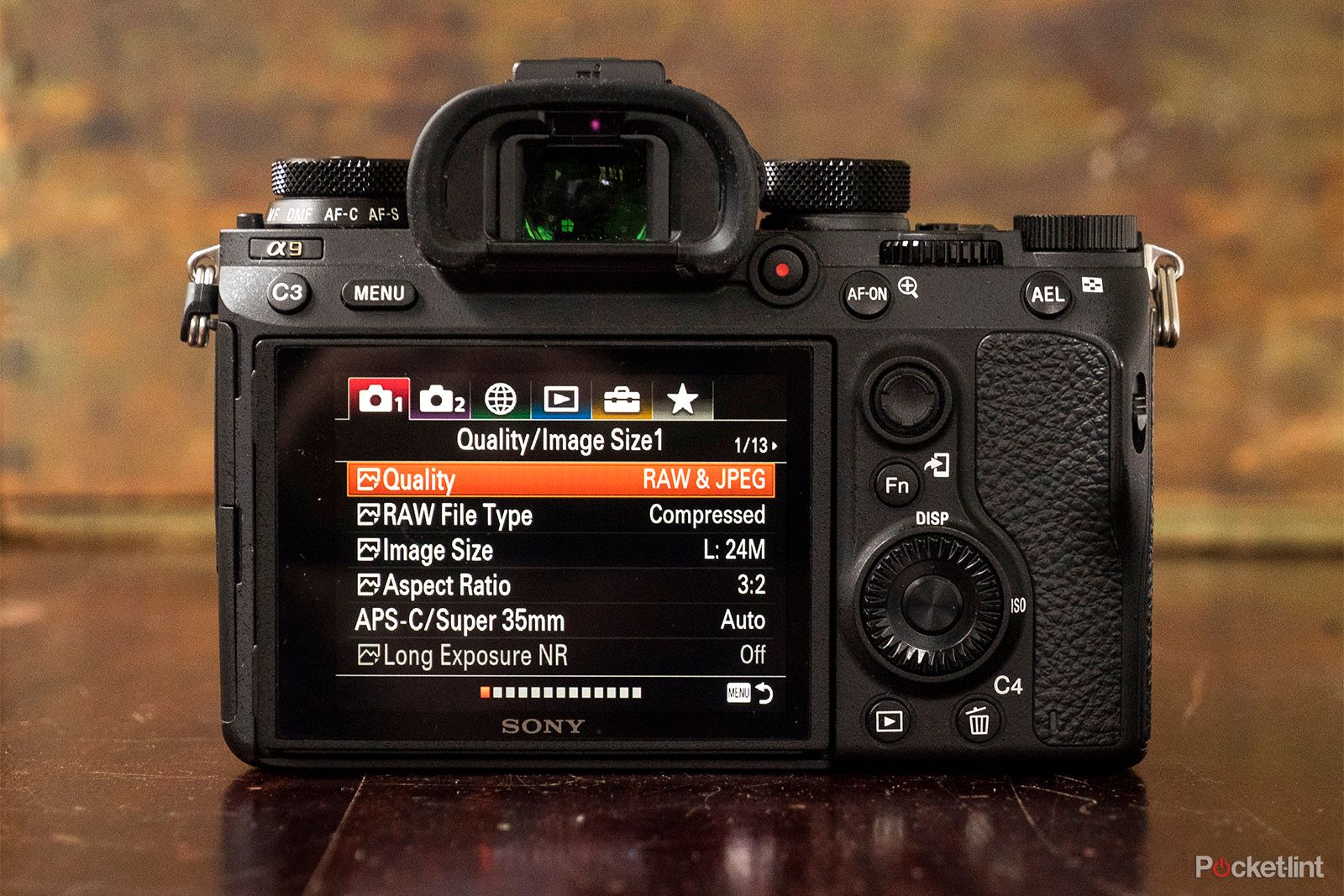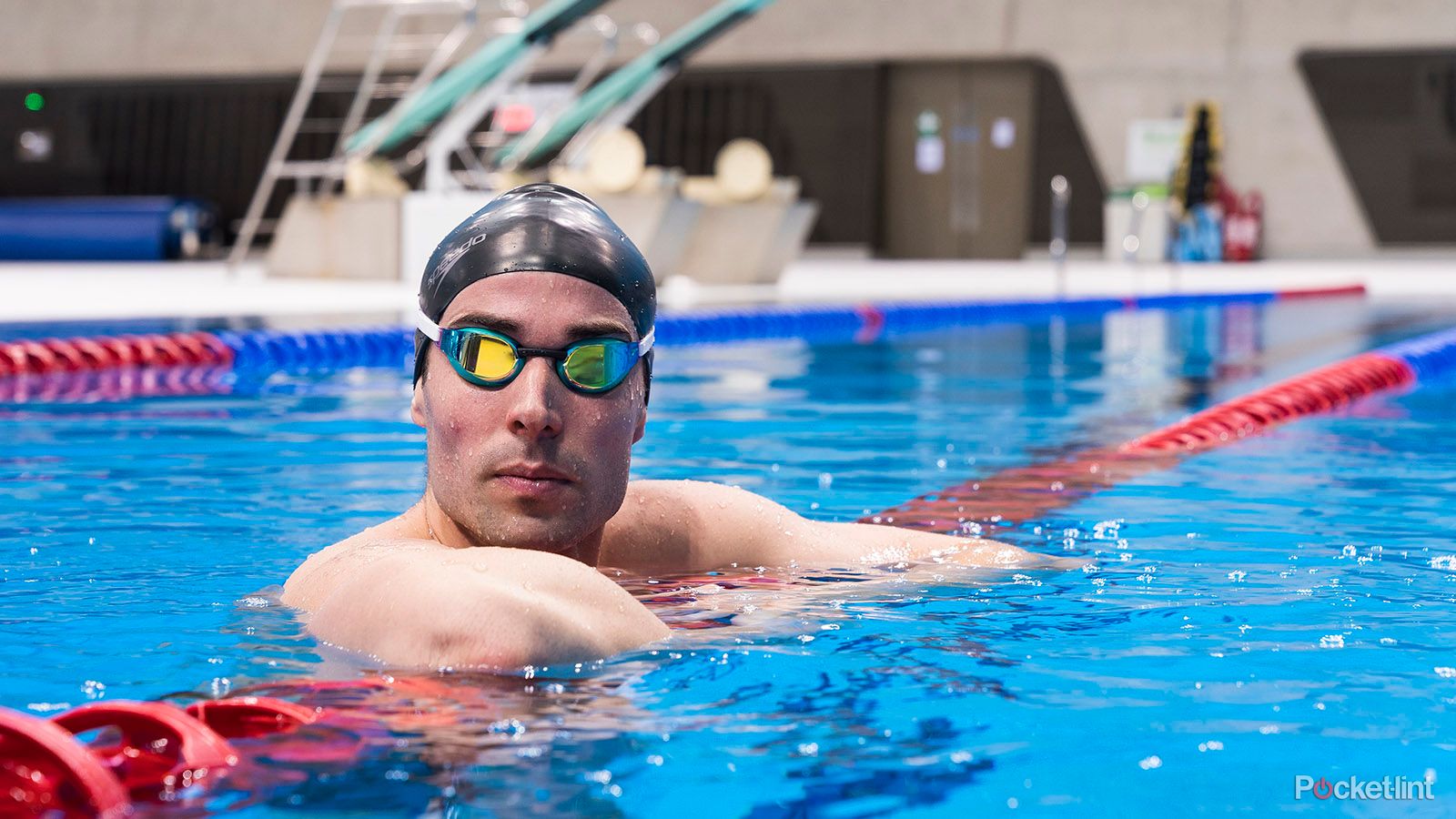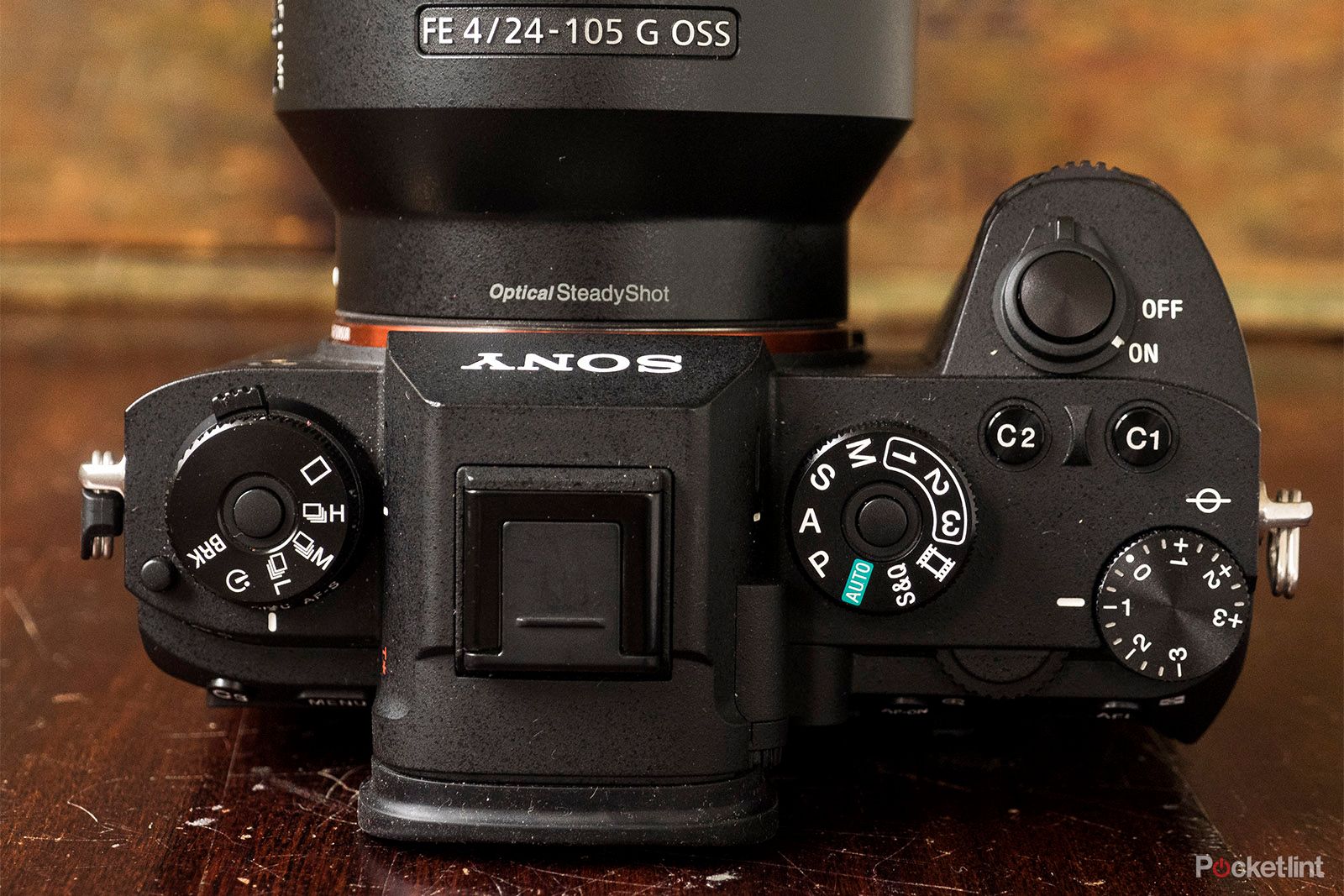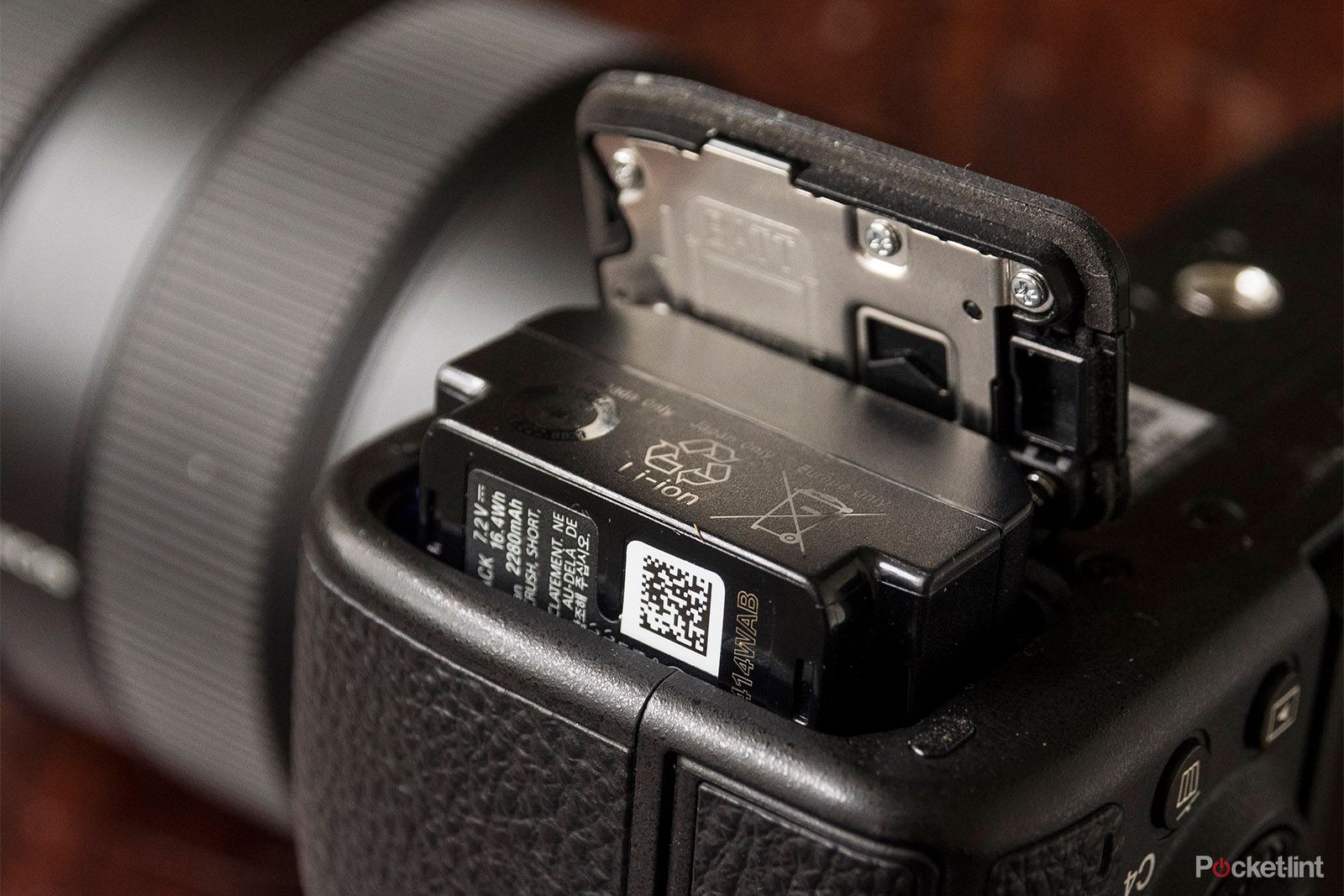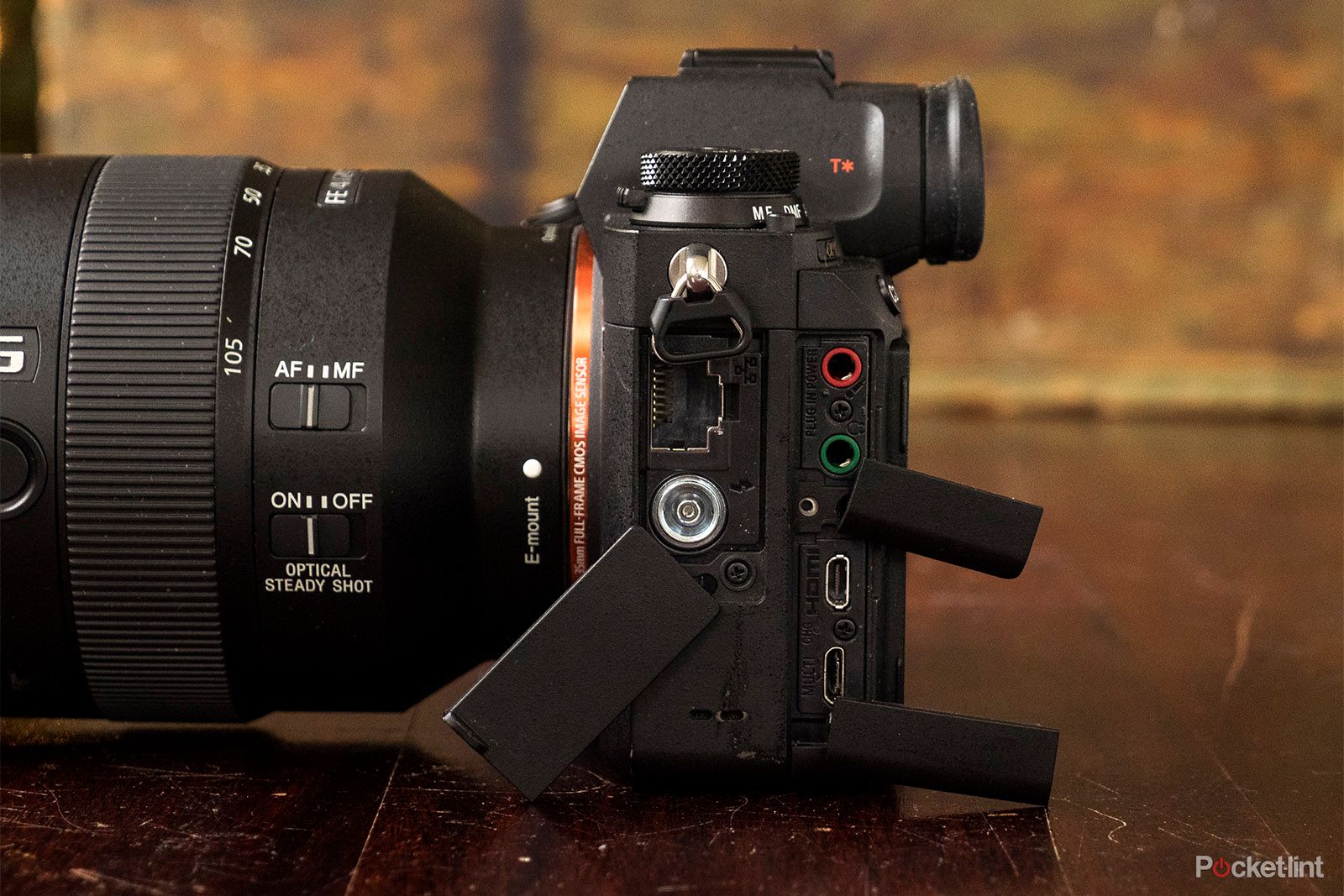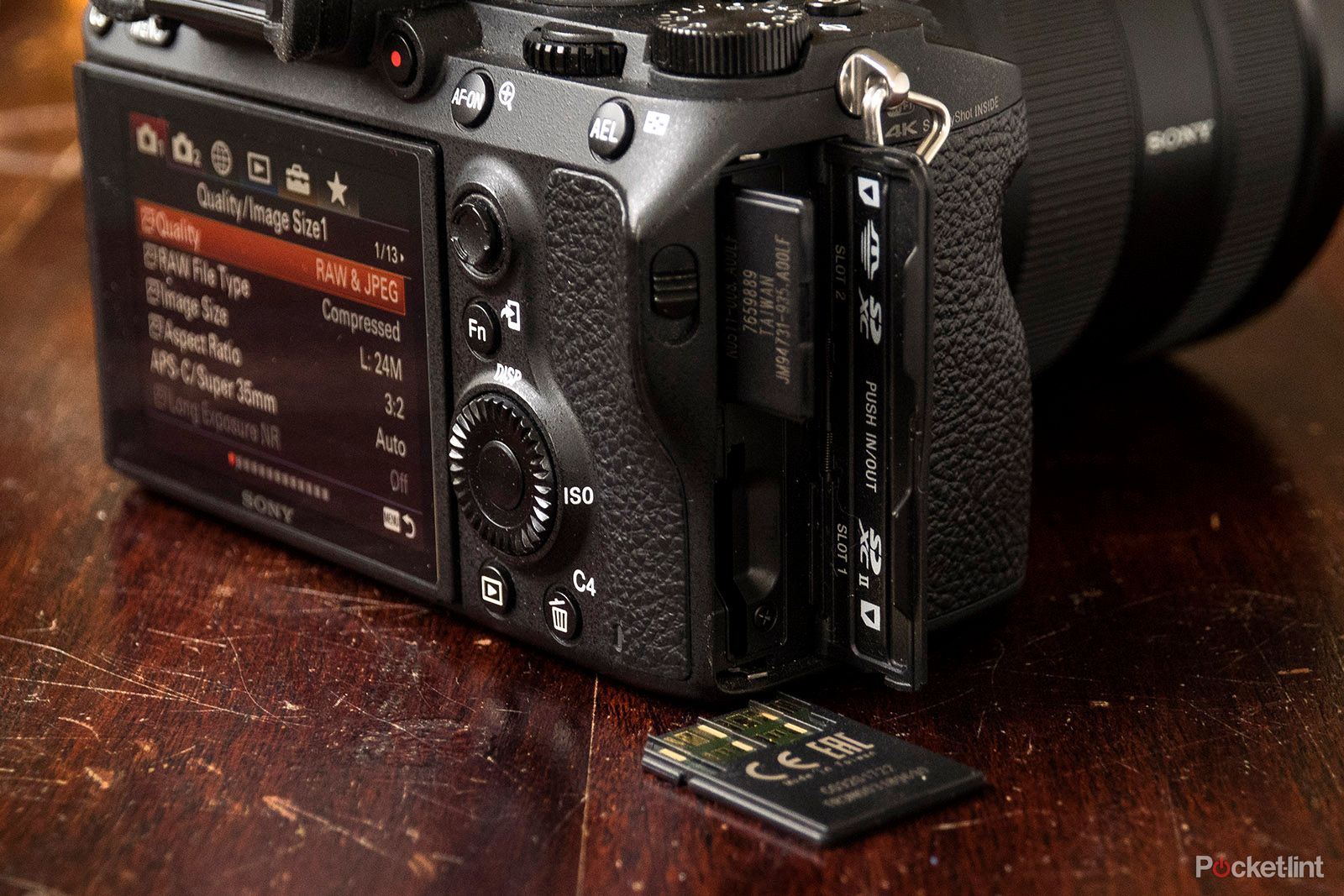Many DSLR users are either debating whether they should switch to a mirrorless system (it's less so the other way around). That's not been the case so much with professional sports and wildlife photographers because there was no real alternative to a Nikon or Canon product. That was until the Sony A9.
Our quick take
The Sony A9 is a mightily impressive camera, especially considering it is Sony's first attempt at a camera designed for professional sports photographers and the like. It's a speed demon and using it for sports is pretty much cheating - it'll get you those money shots quickly enough.
In full flow, the 20fps with no live view black-out, phase-detection AF that covers virtually the whole frame and a generally reliable Lock-On tracking AF are quite simply addictive. To back-up this class leading performance, Sony also has one of the best lens line-ups for sports and wildlife photography.
However, we feel that the A9's form factor is too small for the sort of use it'll get, while the button layout is a bit cramped. Yet, buying an additional battery grip for use with longer lenses and removing it for use with short lenses really ought to deliver the best of both worlds.
In terms of image quality the A9 delivers exactly what we would expect: it's a camera that's able to make great images in both bright and low-light conditions, particularly excelling when the conditions are tough.
Merited on performance alone, the Nikon D5 and Canon EOS 1D X II no longer monopolise the market for professional sports, wildlife and wedding photographers. The Sony A9 is here in all its electronic technological glory and it's well worth a look.
The Sony Alpha A9 is availabe now, priced £4,500 body-only.
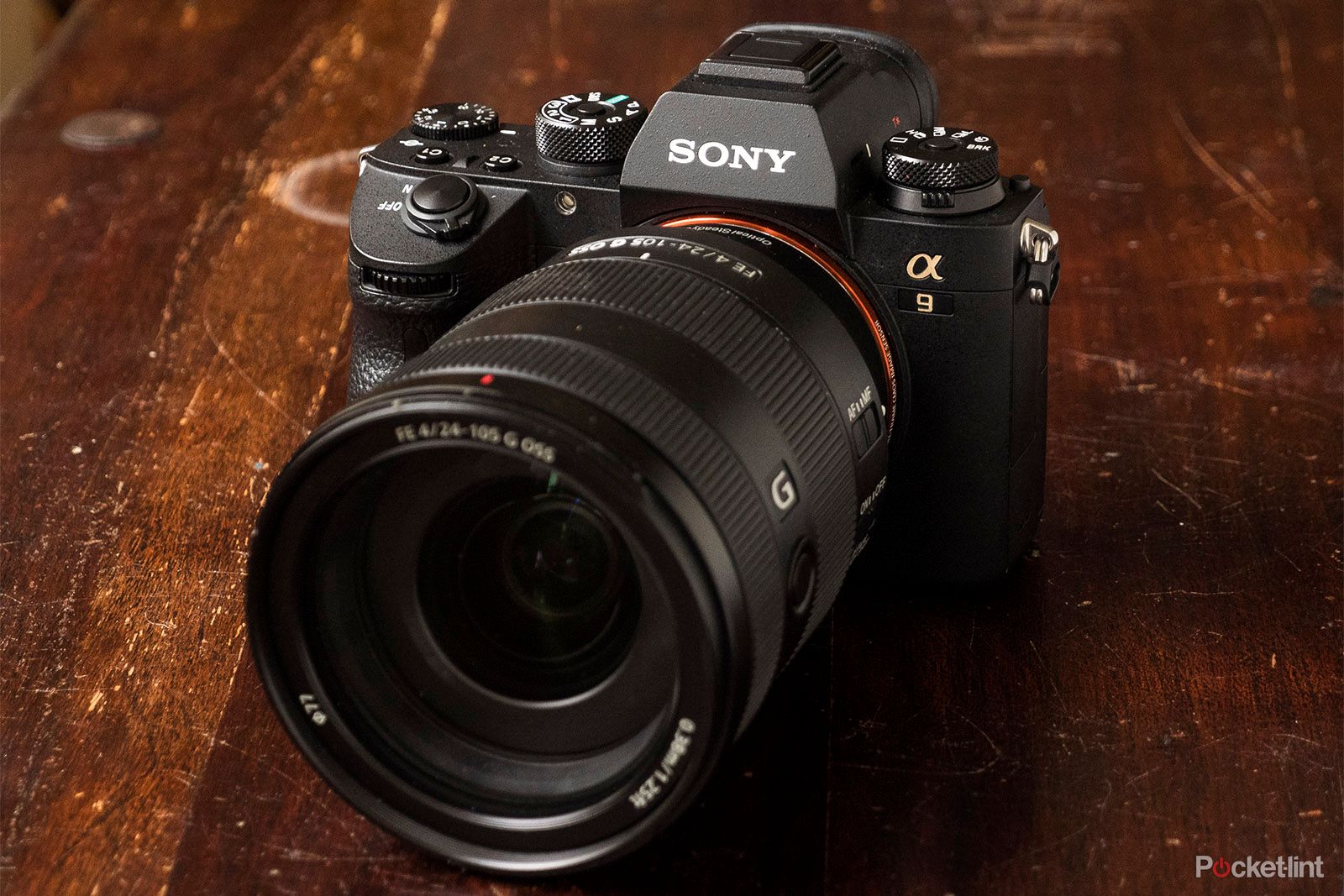
Sony A9 initial
| FOR | AGAINST |
|---|---|
|
|
Sony a9
The A9 is the new kid on the professional sports photography block, taking the Nikon D5 and Canon EOS 1D X II head on. Thing is, the D5 and 1D X II are the fruit of years worth of development and refining, while the A9 is, in essence, Sony's first go.
Yet, with 24MP full-frame images, 20fps with full time AF/ AE, a 693-point phase detection autofocus system and silent shutter, you can see why the Sony A9 could become the camera for professional sports, wildlife and wedding photographers.
At a Sony event where we had an extended hands-on time with the Sony A9, where World Photographer of the Year, Bob Martin, told us how the Sony A9 did enough for him to make the switch from his Nikon DSLR. Hmm, a solid endorsement indeed.
Endorsements or not, we put the A9 through its paces, with the camera handling high speed action sequences in the London Aquatics Centre. We also used the camera while wandering London's East-End streets at night. As you might expect from Sony's most expensive Alpha-series mirrorless camera, the A9 is one heck of a machine.
Speed demon
- High-speed continuous shooting of up to 20fps with AF/AE tracking
Let's kick off with just how quick it is. For burst shooting, no other full-frame camera is as quick. None.
At full 24MP resolution, you get up to 20fps with full-time autofocus (AF-C) and auto exposure (AE). Sony even claims that the A9 is making 60 (yes, sixty) AF and AE calculations per second. Furthermore, if you use the electronic shutter, there is no live view blackout while shooting - it's a totally uninterrupted view during capture.
And how long does the A9 maintain that speed? Sony says for up to 362 JPEGs or 241 raw files (or around 18 seconds of non-stop shooting at 20fps, which is more than enough for action sequences).
We captured sequences of up to around 100 frames and those sequences were processed really quickly. The A9 has an integral memory built into its stacked CMOS sensor that handles large volumes of data very well.
A downside for burst shooting is that during image processing the camera only has limited functionality - you'll have to wait for it to clear before you can make some adjustments. You can view the most recent images and there is a counter displaying how many more photos are left to process, otherwise you'll have to wait a few seconds for full control.
That wait is unsurprising given the large volume of data being processed and it seems harsh criticise the A9 for such minimal waiting periods. Also, we used the A9 alongside the A7R III and, as we would hope, the A9 is a far quicker machine.
The 20fps burst shooting is available in silent shutter and mechanical shutter modes. Find yourself in a situation where you need to be discreet, the silent shutter is a godsend. Skittish wildlife? Not bothered by you. Athletes focusing on the task at hand? Carry on. A wedding in a quiet, traditional church? No problem.
Heck, a silent shutter is great for street photography too, especially if you want to take pictures on the sly. We cannot stress enough how often silent shooting comes in handy for action photographers - and it's a distinct advantage of the Sony A9 over competitors' DSLR products.
That silent electronic shutter has other benefits too. You don't get vibrations like with a mechanical shutter, plus the maximum shutter speed is 1/32,000sec, as opposed to 1/8000sec.
However, electronic shutters do suffer from distortion when capturing high speed action. To combat this, Sony has included an anti distortion shutter with high speed read out. Some lighting frequencies can cause issues with banding, too, so you'll need to be cautious about shutter speed and shooting conditions.
Sony's best ever AF
- 693-point wide-area phase-detection AF
- 93% coverage of frame
Now add the 693-point phase-detection AF with Lock-On subject-tracking to the burst shooting experience. Active AF points appear in real-time as they hug your tracked subject. Those little green squares in action are truly a sight to behold. It's almost addictive (well, it certainly gave this reviewer a broad smile).
The A9's autofocus system is Sony's best yet. Its phase-detection AF has a 93 per cent frame coverage, so off-centre subjects are no problem at all. AF senstivity is now down to -3EV, which is ambient lighting as dark as moonlight (note: the Nikon D5 focuses in even darker conditions, down to -4EV, while other cameras such as the Lumix G9 go one better).
For our main sports test we were indoors under moderate lighting and tracking subjects with a relatively clean background. Situations included fast moving divers and explosive swimmers.
Of course there are multiple factors to consider when analysing autofocus performance, including lens choice, AF mode choice, subject distance, how clean the background is, the strength of ambient light and so on.
The "correct" AF mode does help increase your hit ratio of sharp shots. It is easier to make the right choice of AF mode for any given situation the more you use the camera. After using Zone, Wide and Flexible Spot focusing, we landed on Expand Flexible Spot (plus the Lock-On option), which proved to be a versatile and accurate option during our test.
Expand Flexible Spot works really well with the AF joystick for quick adjustments to the preferred focus area.
All our pictures of divers at a level field to the camera during their action were sharp, once the initial focus had been acquired. The swimmer rapidly coming towards the camera while disappearing and reappearing in the water during every swim stroke provided a sterner test.
Focusing is particularly responsive, reliable and accurate when the subject is at a distance of around 10m. The response is still impressive at closer distances.
The A9 seems better equipped than the A7R III with its ability to ignore distracting background subjects. Occasionally the focus might shift, but it's rarely a problem and the camera's AF is quick enough to correct itself before many frames are lost to mis-focus.
Eye AF works really well too for portraits. Getting those eyes tack sharp are a chief concern in portrait and studio photography and it's good to have a reliable AF feature to consistently achieve this. Overall, with the A9 setup correctly, we would expect it to focus sharply for the majority of images.
Too small?
- 126.9 x 95.6 x 63.0mm
- 673g body only
The Sony A9 has virtually the same form factor as the Sony A7 models. It's small, compact and light. The 673g aluminium body appears well made, though not to the same toughness as the D5 and EOS 1D X II.
A smaller body also has an impact on the controls layout. The controls can be hard to locate because they are positioned closely together, and range from being stiff to soft and from feeling just right to a little fiddly.
Now, we get the appeal of a small form factor. Yet we are really now at a point with full-frame mirrorless cameras where size is a moot point. The choice really is between technology: mirrorless full-frame lenses are, after all, virtually the same physical size as DSLR versions.
Our point is that the A9 will be used a lot with large lenses in order to get close to the action. Without modifications, the A9 is not comfortable to hold with long lenses. It's a front-heavy combination that tugs on your wrist.
The grip in itself is well designed and has a deep recess for a firm hold. It's just the camera isn't tall enough. We'd expect virtually all A9 users to investigate the battery grip to improve their experience. The grip can also double the battery life.
A new battery, thank you!
- New NP-FZ100 battery
- To 650 shots per charge
- Optional battery grip available (VG-C3EM)
While we're on battery life, the A9 introduces Sony's new Z-series battery. A collective hallelujah rang out about this new battery. The fuss is primarily because the battery life of Sony mirrorless cameras up to this point has been pitiful.
You now get a 650-single-shot life, or up to 100 minutes 4K video recording time. That's almost double the life of existing W-Series battery. Sony is still a way off competing against DSLR cameras in this department, but the new battery goes a long way in closing the gap.
We should stress, too, that if you are using the A9 for 20fps burst shooting, you will get images numbering in thousands from a single battery. That's great innings.
Other features
- 3,686k-dot OLED electronic viewfinder, 0.78x equiv. magnification, 120fps refresh, Zeiss T* anti-reflective coating
- 3-inch, 1,440k-dot tilt-angle LCD screen
- 5-axis image stabilisation (to 5EV)
- Wi-Fi, LAN, Bluetooth connectivity
- HDMI-D, 3.5mm headphone, 3.5mm microphone
The Sony A9 features dual SD card slots to store all those images and one of those slots is the fastest UHS-II compliant type. Shame it's not both, as you'll need this slot to get the best possible performance.
It's also a well connected camera. There's flash sync, wired LAN for FTP file transfer, USB 2.0 (not 3.0, sadly), plus headphone and microphone ports. You also get wireless transfer of images to Sony Play Memories app, plus remote control of the camera.
We also love the new OLED through-the-eye viewfinder (EVF). It's an improved 3.69-million-dot unit with up to 120fps refresh rate. We had the AR II at the same time as the A9 and the EVF's improved resolution and refresh rate is noticeable. The A9's EVF reveals how good the technology can become and it's getting close to the experience of an optical type.
The camera's 3.0in tilt-angle LCD screen has a resolution of 1.44-million-dots and is touch-sensitive for focusing. There are definitely better LCD touchscreens out there, with displays that are more vibrant plus with more comprehensive touch functions, but it's a step in the right direction - and something Sony has been slow to implement in many of its cameras.
There's also a 5-axis sensor-shift image stabilisation which corrects for yaw, pitch and roll and gives up to 5EV stabilisation. Whether shooting handheld videos or in low-light conditions, stabilisation will improve the clarity of the image.
A new sensor
- 24.2-megapixel 35mm full-frame stacked CMOS sensor with integral memory
- ISO 100-51,200 (to 204,800 extended)
- Bionz X processor
In order to create a camera able to capture a large number of pictures, Sony has developed a new stacked 24.2MP CMOS sensor for the A9. Integral memory is built in to the sensor and temporarily stores large volumes of data for a 20x faster readout speed.
For a professional sports camera, the Sony A9 actually has a high pixel count at 24.2MP. Its 4MP more than its equivalent competition. Sports cameras usually have around half the number of pixels than their high-resolution counterparts. You'll know how many pixels you need, but 24MP is more than enough for most applications.
Of course you get Sony's latest Bionz X processor and an ISO 100-51,200 sensitivity range that can be expanded to ISO 50-204,000.
In terms of image, we think there are other high-resolution cameras out there that perform better at low ISO settings - like Sony's own A7R II and a7R III. Plus, of course, if you are pixel-peeping for sharp detail, then a camera with twice the resolution will come out on top.
Yet, the A9 is a camera designed to produce great quality images in challenging conditions - and it excels at this.
In low-light and at high ISO settings, the A9's image quality is excellent. Colour vibrancy and dynamic range are maintained to an impressive degree up the ISO range. We think that images all the way up to ISO 6400 look clean, meaning good control over image noise.
Without directly comparing the Sony A9 to the Nikon D5 and Canon EOS 1D X II, we reckon it's safe to say that the A9 will not disappoint. Quite the opposite in fact - you'd struggle to find a better low-light shooter.
As for colour rendition, you get lovely natural looking colours in daylight with the Standard Picture Style (whereas with other systems we're more likely to choose the Neutral Picture Style). Many existing A7 users have noted a slightly green colour cast when shooting under artificial light and it looks like nothing has changed in the A9, but that's Sony's style, we suppose.
Video
- XAVC S format
- 4K (3840 x 2160) at 30/25/24p
- Full HD (1920 x 1080) at 120/60/50/30/25/24p
As we would expect from Sony, the A9's video specification is excellent. You get 2.4x oversampled footage (that's 6K) produced in 4K at up to 30fps and 100Mbps. The result is video quality with really sharp detail.
At 1080p, the A9 has a maximum frame rate of 120fps, which is again brilliant. What is missing though are picture profiles. No S-Log in sight. It's a strange omission from what is Sony's most expensive mirrorless camera.
Sony a9
To recap
Merited on performance alone, the Nikon D5 and Canon EOS 1D X II no longer monopolise the market for professional sports, wildlife and wedding photographers. The Sony A9 is here in all its electronic technological glory and it's well worth a look.

